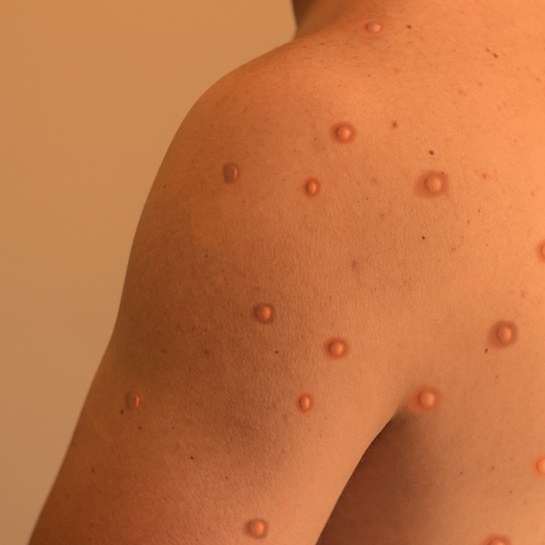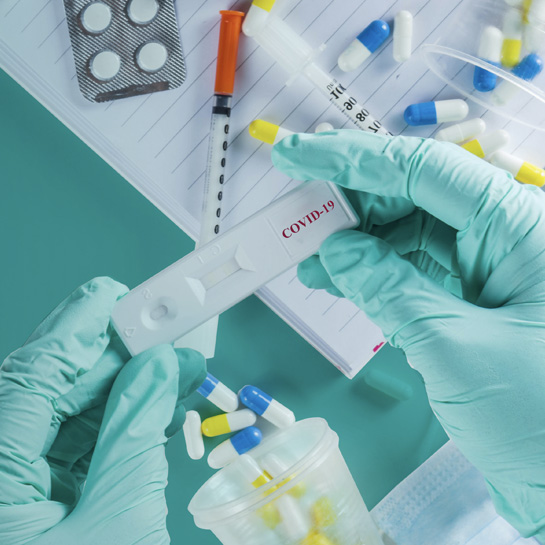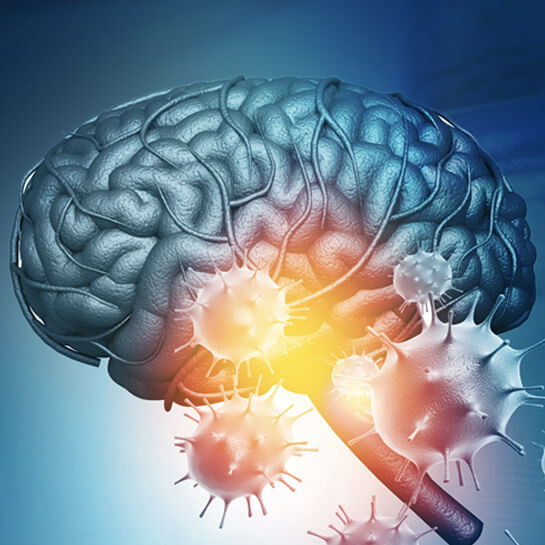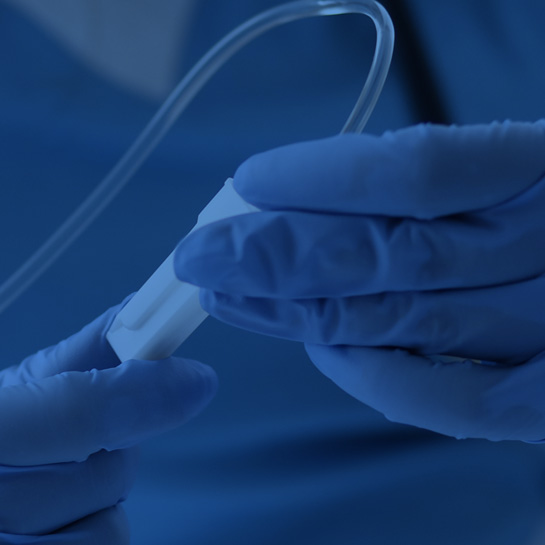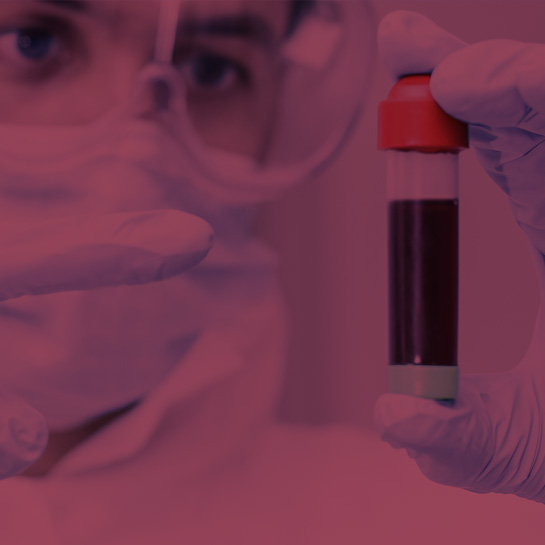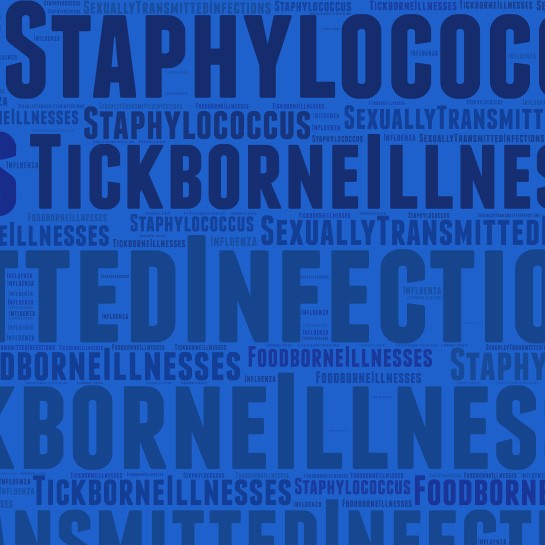Understanding Treatment
for Kawasaki Disease
What is Kawasaki disease?
Kawasaki disease is rare, occurs almost exclusively in children, and currently doesn’t have a known cause — although experts claim a virus is most likely the culprit. Kawasaki disease causes inflammation in the walls of medium-sized arteries throughout the body, and sometimes affects the lymph nodes, skin, and the inside of the mouth, nose, and throat. The disease isn’t hereditary or contagious, and while most children will recover completely, others may experience long-term heart complications.
What are the symptoms of Kawasaki disease?
Signs and symptoms of Kawasaki disease typically appear in three phases. In the first phase, children may experience a fever higher than 102° F and last over three days. In addition, Kawasaki disease is marked by extremely red eyes without thick discharge, a rash on the trunk of the body and in the genital area, dry and cracked lips, a swollen tongue, swollen and red skin on the palms of the hands and the soles of the feet, swollen lymph nodes in the neck, and irritability.
In the second phase of Kawasaki disease, children can develop peeling skin on the hands and feet (especially the tips of the fingers and toes, often in large sheets), joint pain, diarrhea, vomiting, and abdominal pain.
The third and final phase of Kawasaki disease involves the gradual slowing of conditions, unless complications develop, though it may be as long as eight weeks before energy levels come back to normal.
How does ID Care diagnose Kawasaki disease?
Although there is no specific testing to diagnose Kawasaki disease, the first step is to rule out other infectious diseases that cause similar symptoms, such as scarlet fever, juvenile rheumatoid arthritis, toxic shock syndrome, measles, and certain tick-borne illnesses. Then, after a thorough review of your symptoms, we may recommend having an echocardiogram, an electrocardiogram (EKG), or a urine or blood test. The results of these tests will show how well the heart is functioning and identify coronary artery abnormalities. They can also reveal if the body or the heart is under any stress, or whether the body is actively trying to fight off an infection.
How does ID Care treat Kawasaki disease?
The primary goal of treatment for Kawasaki disease is to reduce the risk of complications. To do this, ID Care will focus first on lowering the child’s fever — this will minimize inflammation and help prevent heart damage. We may also recommend an infusion treatment of an immune protein (gamma globulin), or high doses of aspirin. However, because there is a risk for complications, it’s likely we’ll send you to one of our affiliated hospitals for initial treatment.
If your child doesn’t receive treatment, he or she will recover within 12 days — but complications could present themselves later.
SOURCES: American Heart Association; Mayo Clinic; Medline


